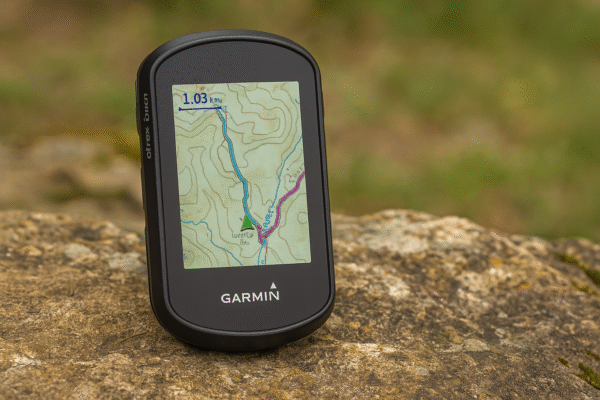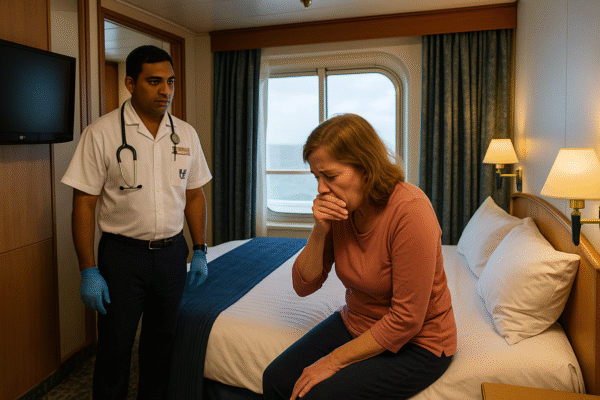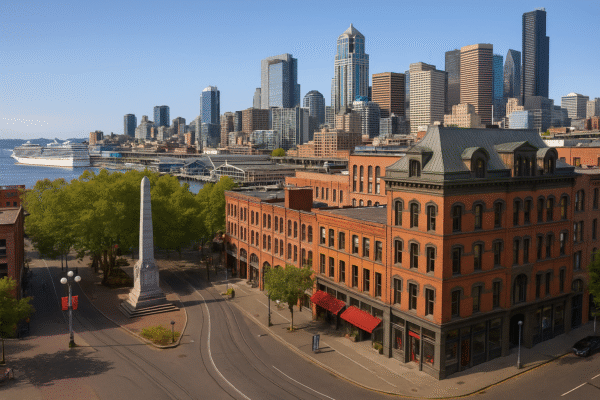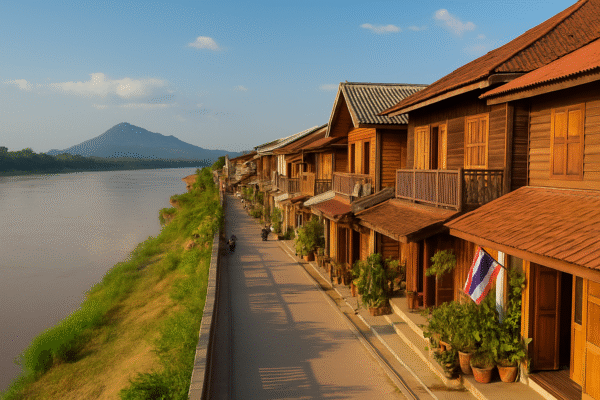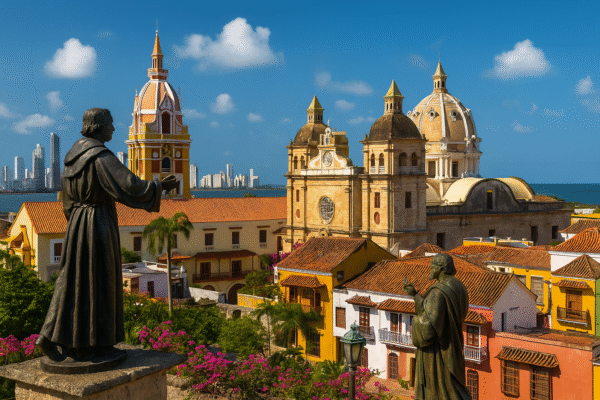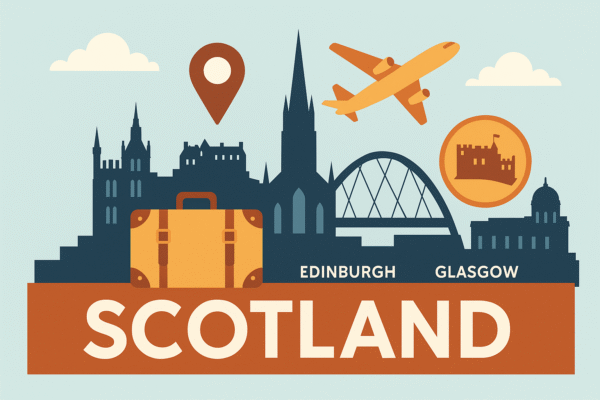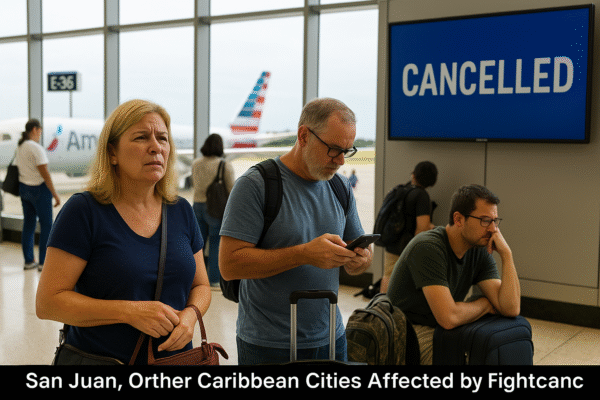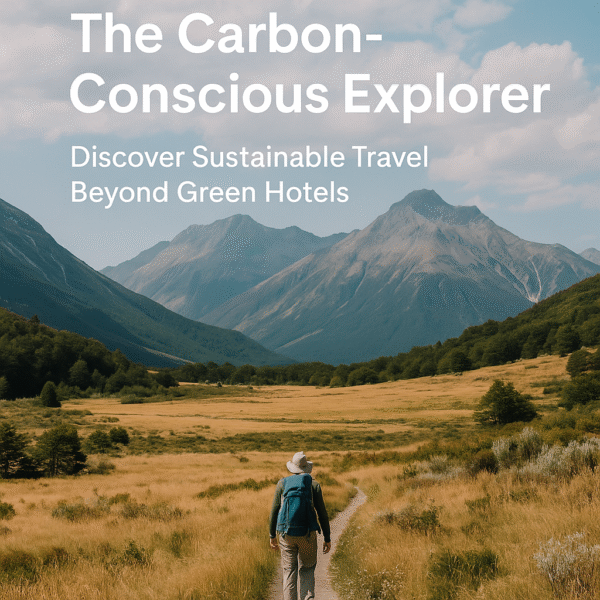Wanderlust can pair beautifully with environmental stewardship. Enter The Carbon‑Conscious Explorer: the traveler determined to tread lightly and leave a positive mark. This post delves deeper than eco‑friendly lodgings, uncovering four transformative facets of sustainable travel: micro‑offset programs, slow travel routes, zero‑waste packing, and destinations restoring ecosystems.
1. Micro-Offset Programs: Targeted Carbon Contributions
Traditional carbon offsets can feel too abstract. In contrast, micro‑offset programs let you invest in grassroots-scale projects tied to the places you actually visit—such as supporting tree planting in the local region or funding cleaner cookstoves for nearby communities. This precision makes your actions both measurable and meaningful, while strengthening local ties.
2. Slow Travel Routes: Journey With Purpose
Rather than racing from point A to B, slow travel routes invite immersion and mindfulness:
- Rail journeys—like scenic overnight trains in Europe or Asia—transform transit into part of the adventure while lowering carbon emissions.
- Land and sea alternatives—e.g., buses, intercity coaches, or ferries—offer rich cultural and environmental experiences while being gentler on the planet.
Slowing down encourages deeper connections with people, landscapes, and ecosystems—and it typically reduces emissions per trip.
3. Zero-Waste Packing: Pack Wisely, Travel Clean
True sustainable travel starts in your suitcase. A zero‑waste packing kit might include:
- Refillable bottles for shampoo and soap (solid bars are great).
- Collapsible bags for food or shopping.
- Handy reusable utensils, straws, and cloth napkins.
You’ll cut down on disposable waste—especially plastics—and make packing lighter, smarter, and more eco-conscious.
4. Ecosystem Restoration Destinations: Travel That Gives Back
Want your journey to be more than just sightseeing? Choose places championing ecological recovery:
- Rewilding areas: Think parts of Costa Rica, New Zealand, or Scotland where native species are returning.
- Community-led restoration: In regions across Africa and Southeast Asia, travelers can volunteer to help plant reefs, mangroves, or forests.
- Conservation-supported parks: Many protected areas now redirect tourism fees to wildlife monitoring, trail rehabilitation, and habitat recovery.
These destinations let travelers participate in—and elevate—ongoing regeneration efforts.
Crafting a Carbon-Conscious Itinerary
Here’s how to tie it all together into a seamless journey:
- Opt for slower transit—choose trains, buses, ferries, or biking when it’s viable.
- Offset intentionally—purchase micro-offsets that directly benefit your destination.
- Use zero-waste gear—a minimalist kit of refillables and reusables goes a long way.
- Support restoration-focused locales—book tours or accommodations that fund ecological healing or invite hands-on involvement.
Picture this: you board a coastal ferry from Scotland’s Hebrides, carry only an eco‑kit, offset your carbon at the local level, and then help replant peat bogs under expert guidance. That’s travel enriched with purpose and planet care.
Why It Matters
Though travel is a joy, it often comes with environmental costs. Embracing sustainable travel tips, micro‑offset programs, slow travel routes, and zero‑waste packing reframes travelers as caretakers, not just guests. And by choosing destinations devoted to restoration, your journey adds value to places that need it most.
When wanderlust strikes next, step into your role as a carbon‑conscious explorer—someone who travels with heart, purpose, and a gentle footprint.
Read more related blogs here.


